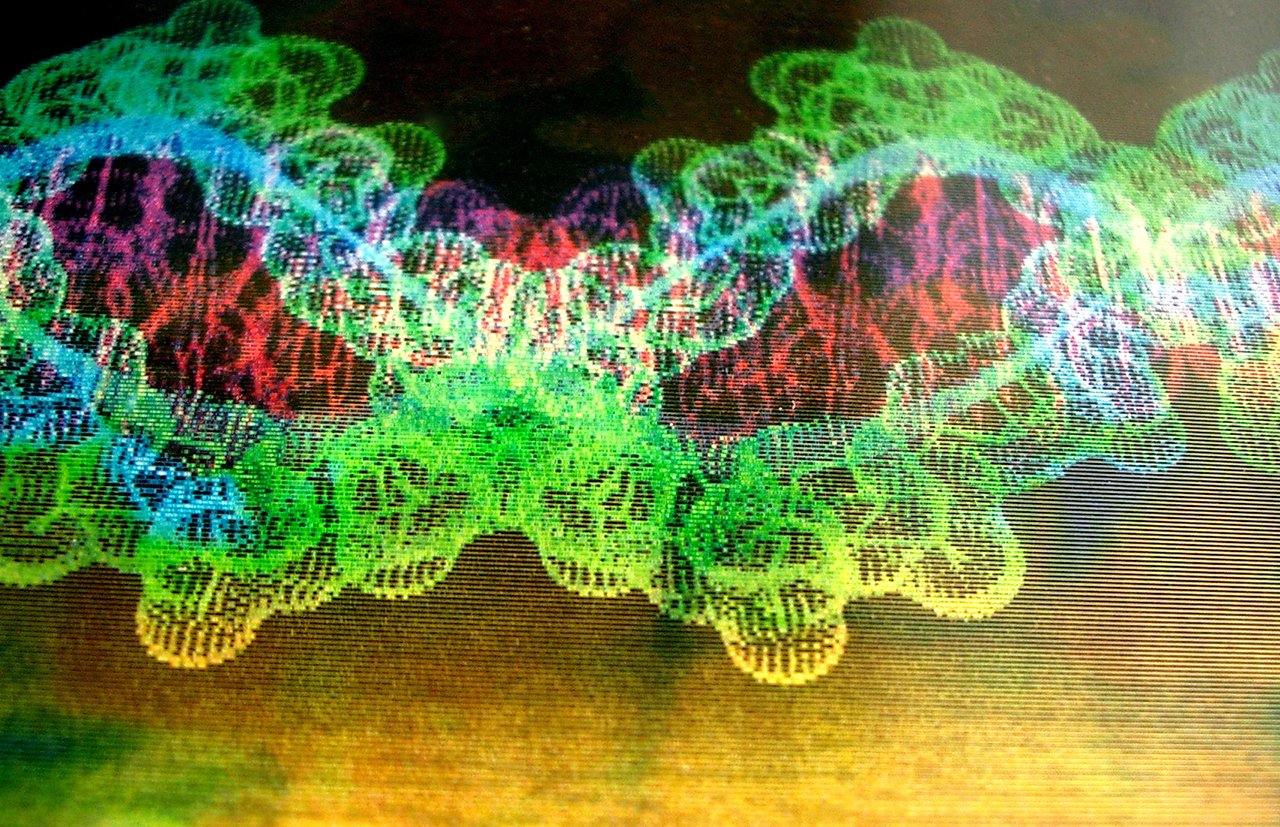With its vast applications, nanotechnology is set to radically change everyday life.
Nanotechnology is all set to revolutionise the way we do things. The US National Nanotechnology Initiative defines nanotechnology as the science, engineering and technology conducted at the nanoscale, which is about 1 to 100 nanometers. A single piece of paper is around 100,000 nanometers thick. Scientists researching nanotechnology have discovered that atoms and molecules work very differently when they are used at a nanoscale. Nanotechnology has a vast potential to transform the way we do a number of things, including computing.
Applications in computing
It’s possible to use nanotechnology to build computers that are more powerful, but smaller and possess a longer battery life. Quantum computing is an area nanotechnology will catalyse. The traditional approach to building microchips hinged on putting tiny little transistors on a single square inch of a silicon chip. Intel’s Gordon Moore predicted that the number of transistors you could embed on a one square inch chip could be doubled every 18 months and Intel achieved exactly that over the years. When the physical size of a one square inch chip became a hindrance Intel adopted a Reduced Instruction Set Computing (RISC) approach to make processors more powerful.
Nanotechnology takes a radically different approach to building a transistor as it deals with atoms and molecules at the nanoscale. A few years ago, scientists in Australia built the world’s smallest transistor. They achieved the feat by accurately positioning a phosphorous atom in a silicon crystal. This nano device was a path-breaking achievement as it involved manipulating individual atoms with high precision. The scientists used a scanning tunnelling microscope to substitute a single silicon atom from a group of six atoms with a single phosphorous atom. The accuracy they achieved was 0.5 nanometers. Scientists predict these transistors will reach the single atom level by 2020 and will help build highly powerful quantum computers that will revolutionise the way we do computing. The nanotechnology approach will further Moore’s law as it will enable semiconductor manufacturers to produce chips that will carry an exponentially higher number of transistors.
Applications in healthcare
Apart from computing, nanotechnology will revolutionise a whole range of other sectors due to the invention of nanomaterials. Organ on a chip is an invention that will change the way clinical testing will be done during drug discovery. Drug discovery will no longer have to depend on animal testing. A simple nanochip will help scientists study human cells with a chip, whether they are diseased or healthy. Today companies invest billions of dollars in drug discovery without a guarantee of concrete results. Nanotechnology will drastically cut these costs and help the advancement of therapeutics.
Applications in
The impact of nanotechnology will be felt across sectors, as nanomaterials will replace the materials we manufacture today. In textiles nanomaterials will help provide clothing that is stain resistant and wrinkle free. Enterprises can manufacture lighter and stronger appliances with nanomaterials. So we will see aircraft that are more efficient, militaries can create sensors that detect biological agents and automobile manufacturers can create combustion engines that are more heat resistant. To sum it up, nanotechnology will greatly change the way we live and do things.
Graphic: Steve Jurvetson/Flickr.com


